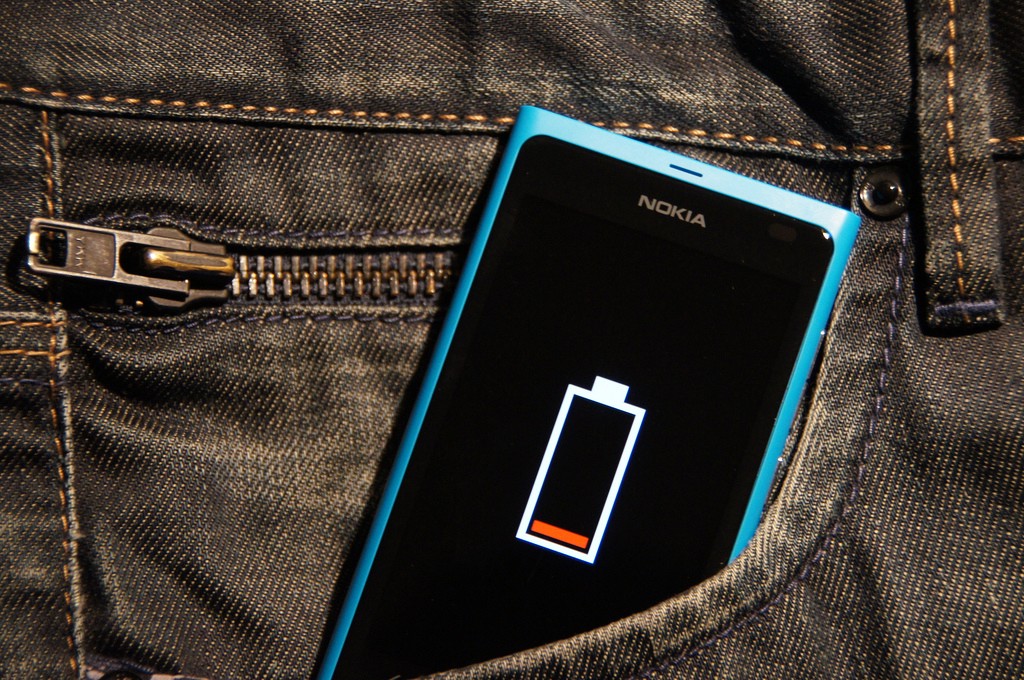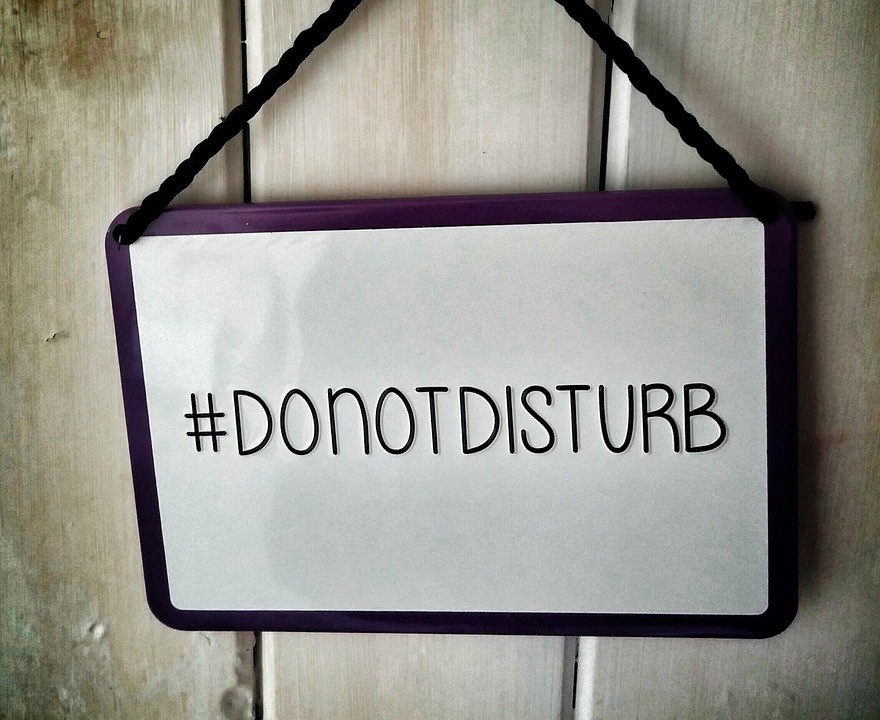
I know. It sounds like my phone was stolen, or I broke it, or I lost it. I would have assumed the same thing reading this title, scanning through my social media timeline digest… on my smartphone.
I mean… How else could someone, in a Western civilization country, in 2017, end up without a smartphone for so long, right? Pretty safe assumption to make, don’t even need to read the post, title says it all.. Let’s move on — there’s another million more interesting things on the timeline.
… but the question this post is about is:
Are there? Really?
Or are we all just getting dragged into believing that?
You see, I spend most hours of my day in front of a screen. Even though I don’t watch TV, my phone and laptop more than make up for the screen time.
And I think this is ok. Entertainment, news and communication itself have all changed. This is simply the new way. I accept it and I’m happy to be living in this interconnected world where people on opposite sides of the planet can feel next to each other.
Yet, if I wanted to put this on technical terms, none of the new communication channels has as much bandwidth as talking to somebody face-to-face. For all our progress, it seems we are still not “there” yet. There’s still some value in the old, offline way.
And then… there’s work. That needs a screen too. I need to be in front of a computer, I need to be online, right? It’s software development that I do, after all.
Well, that right there, you see, is the funny thing — and bear with me. Yes, software does run behind the screen somewhere. Yes, you do need to be in front of a screen exactly at the time when you’re typing it all in.
BUT software is virtual — in the sense that it is all created in our heads. And that is where you solve all the most difficult and interesting problems: inside your brain.
In that sense, the only “hardware” you need to do software development, is your brain.
The keyboard, the screen and the laptop are really just some fancy accessories. And you don’t need them plugged in to your brain all of the time.
And it was this realization that led me to this whole experiment in the first place.
Most of my a-ha! moments have actually been away from the computer and, in fact, any screen at all. Morning showers, after my cycle into work, have probably been the best brainstorming environment. That — and that moment just after I wake up, just before I’ve opened my eyes.
No phone, no laptop, no screen. Most of the times, eyes shut, so no vision either. No external influence, no interruption, no notification.
Pure focus. Pure brain-time.

Now, you’d think — having noticed this — I’d take more time out and go think somewhere outside, amidst the olive trees… Yet, that rarely happens!!
And I bet that doesn’t even come as a surprise to you, does it?
On the opposite, quite a lot of people were surprised I managed to go 10 days without a smartphone, just like you (why else are you reading this post?).
Very few are surprised by how much time we all spend glued to our phones.
At this point, let me draw a line…
There… Up to here, I’ve tried sufficiently hard to explain the “why” this whole thing happened. But I bet you’re also expecting a few words about what the whole thing felt like… Let me draw another line, so we can start with that:
Day 1 was probably the hardest, as I was constantly catching myself reaching in my pocket for my phone. I was wise enough to not have the phone with me at all. Getting to 24h without using the smartphone was a huge accomplishment and something was different already.
Day 2 got a little bit more difficult, in the sense that the “withdrawal” started kicking in. BUT the 24h accomplishment really helped there. I had already managed to go this far, why spoil it? Holiday mood was also slowly creeping in already. And this was a huge difference from previous years, where this took at least double the time.
By day 3, I was in a different world. Waking up with no notifications on my phone was already getting more pleasant than annoying (I was a bit “annoyed” with this on day 2). My phone’s battery hadn’t been charged in 3 days (unheard of, in the era of always-on smartphones), so it’s clearly a myth that smartphone batteries don’t last long… They do … when you don’t use them. ; )
Between days 4–6 things were already natural. My attention was now always on my family and friends and always focused on the discussion at hand. Not that my mind didn’t still go wandering in its own different space — as it always does — but that’s a whole different series of posts right there.
Looking back, days 7–10 were the most surprising! I had actually started dreading going back to this constant state of interruption. Now, please don’t get me wrong here. My mind always switches from one thing to the next anyway. That’s how I was born (adhd ftw!). But I think what I came to realize is that my mind can handle this task — of interrupting itself — already very-well-on-its-own-thank-you-very-much!
Given fewer interruptions, I had managed to put time aside to think. To actually leave my mind wondering on its own. Not where it was led by the next click-bait article on my timeline… and then the next one… and the next one…
To let it drift towards… nowhere in particular. To let it go where it wanted to. In a day and age where everyone is fighting for my attention (and yours too, btw) I had managed to shut them all off.
This was MY holiday after all. MY own personal time that I should be deciding what to spend it on. Why let the “notifications” (interrupts) take that away from me?
And you know what? Personal time doesn’t start and end when you’re on holidays. You should get some (even a few minutes of it) every day.
So… It seems airplane mode is the way to get there.